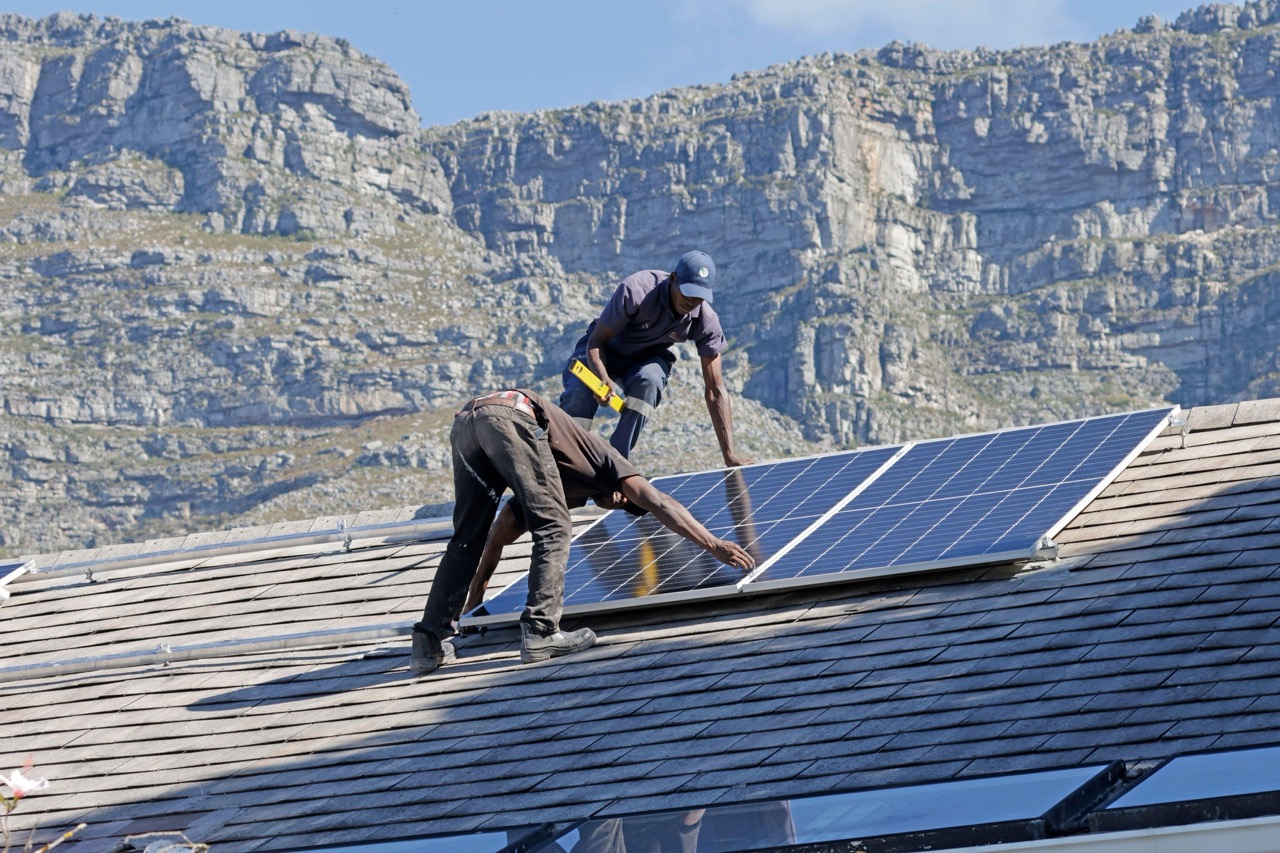
Global Electricity Mid-Year Insights 2023
Global power sector emissions plateaued in the first half of 2023 as wind and solar continue to grow. However, adverse hydro conditions prevented emissions from falling.
Table of Contents
Highlights
Executive summary
Global power sector emissions plateaued as wind and solar continue to grow
However, adverse hydro conditions–likely exacerbated by climate change–prevented emissions from falling in the first half of 2023.
Power sector emissions plateaued in the first half of 2023, with a slight increase of 0.2% compared to the same period last year, as wind and solar continue to grow. Wind and solar were the only electricity sources that significantly increased both their generation as well as share in the global power mix. Despite this, adverse hydro conditions–likely exacerbated by climate change–prevented emissions from falling. The deficit created by hydro, particularly in China, led to a small increase in fossil fuels. However, low electricity demand helped to suppress further emissions growth at a global level by reducing the consumption of fossil fuels. Falls in demand led to significant emissions falls in the European Union, United States, Japan and South Korea, while moderate demand growth in India led to slower emissions growth.
Key takeaways
Global power sector emissions plateaued
Global emissions from the power sector rose only 0.2% (+12 million tonnes of CO2) in the first half of 2023 when compared to the same period last year. Major falls in emissions were seen in the EU (-17%), Japan (-12%), the US (-8.6%) and South Korea (-3%), as a result of falls in coal generation–most notably in the US (-27%) and EU (-23%), but also in Japan (-7.4%) and South Korea (-2.5%). A slower increase in emissions was seen in India, with an increase of 3.7% in the first half of 2023 versus 9.7% in the same period last year. Power sector emissions rose by 7.9% in China due to a record fall in hydro generation.
50 countries hit new solar records
Wind and solar were the only two electricity sources that significantly increased their share of global electricity, rising to 14.3% in the first half of 2023, compared to 12.8% in the same period last year. However, their generation grew more slowly than in the same period last year. Wind grew 10% in the first half of 2023, compared to 16% in the same period last year. Solar grew by 16%, compared to 26% in the first half of 2022. Across the globe, 50 countries set new monthly solar generation records in the first half of 2023. China continues to be the leader in solar generation, providing 43% of global growth in solar generation, while the EU, US and India accounted for about 12% each.
Historic fall in global hydro output
Hydro generation, the largest electricity source among all renewables, fell significantly (-8.5%, -177 TWh) in the first half of 2023 due to droughts. This was especially notable in China which accounted for around three-quarters of the global fall. Fossil generation increased slightly to meet the deficit created by hydro. Power sector emissions would have fallen by 2.9% had global hydro generation been at the same level as last year.
Low demand growth worldwide
Global electricity demand rose only 0.4% in the first half of 2023 compared to the same period last year, which is much lower than the average annual growth between 2012 and 2022 of 2.6%. Falls in demand in high-income economies were a major driver, including in Japan (-5.6%), the EU (-4.6%), the US (-3.4%) and South Korea (-1.4%) where this led to an overall fall in fossil fuels. Lower-than-expected demand growth in India of 3.1%, compared to a 10.7% increase in the same period last year, was another factor lowering global demand.
Fossil fuels and emissions would have fallen in the first half of 2023 if weren’t for a historic fall in hydro generation due to droughts. It is unclear whether the situation will improve in the rest of the year. For now, the turning point for the power sector remains hanging in the balance.
Nonetheless, it is clear from the latest global data on electricity generation that the world is nearing the point of falling power sector emissions. Earlier this year, Ember’s analysis showed that 2023 may be the first year with structurally falling global emissions from the power sector, if clean power growth continues. Before this point, power sector emissions have been structurally rising, and there have only ever been falls during global economic shocks such as the 2008 financial crisis or the 2020 Covid-19 pandemic. It still remains too close to call whether power sector emissions will fall across the full year in 2023.
Reaching ‘peak’ fossil emissions in the power sector is a crucial milestone in the global transition to a clean, electrified economy. But the most critical part is what happens next. To achieve the rapid declines in emissions required this decade, there needs to be a rapid acceleration in the deployment of wind and solar power. Tripling global renewable capacity by 2030 is the single biggest action that governments can take to put the world on course for a 1.5C aligned pathway.
Related Content







